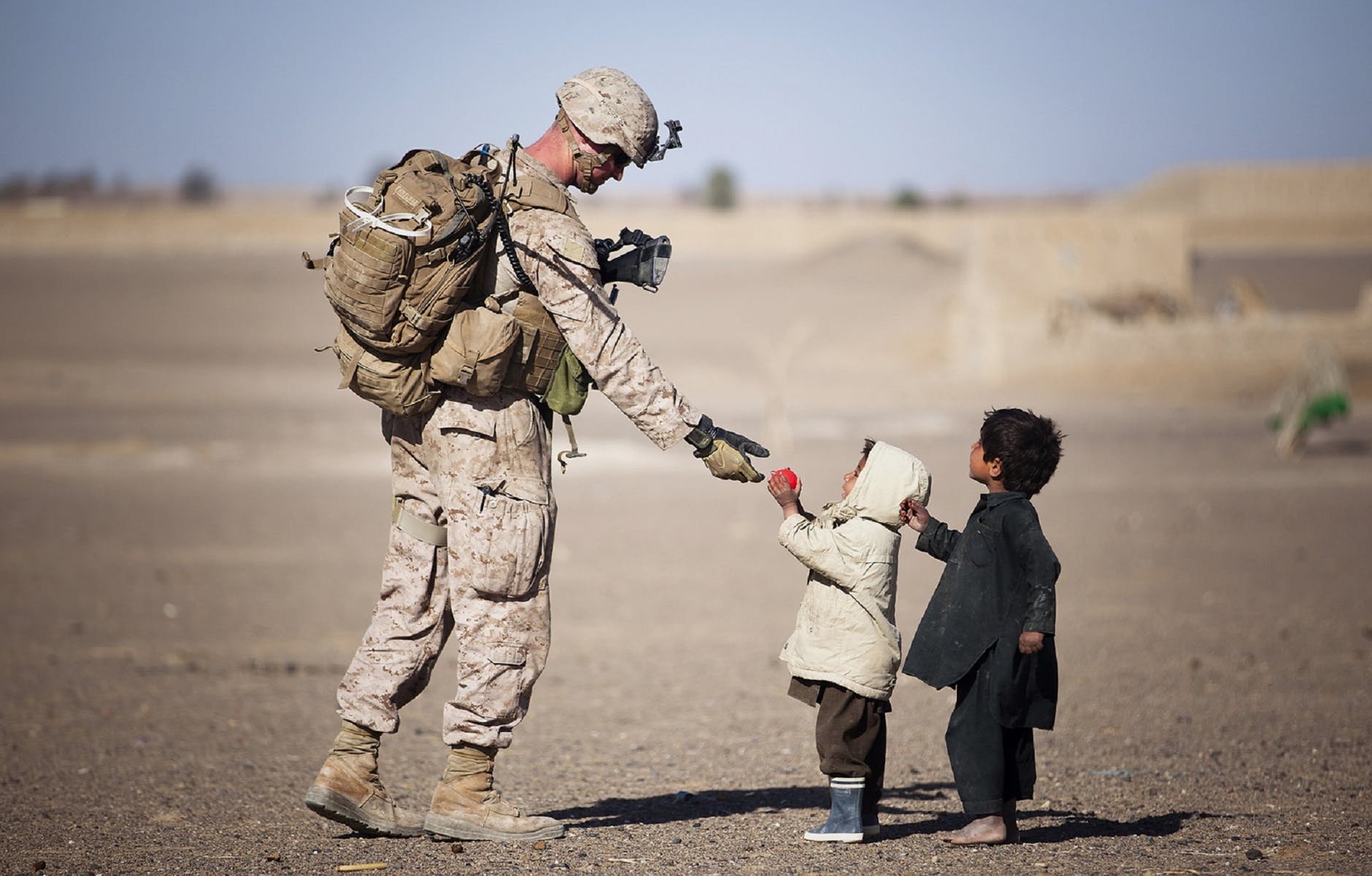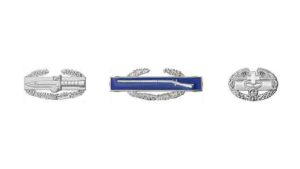Army Physical Training
Physical training is one of the foundations upon which all other Army training is built. Its primary purpose is to enhance soldiers’ abilities to meet the physical demands of war. A physically fit soldier is a soldier who is capable of executing the physical actions that are required to meet, engage, and defeat the enemy on the battlefield.

Obviously, due to such a high level of importance, soldiers should be prepared to answer questions regarding physical training when they go to the board. The following video makes it easier for soldiers to learn about the topic through seeing, hearing, and repetition.
Physical Training Board Questions and Answers
When you take the APFT, what is the minimum number of points you must score in each event?
60 points
What FM covers Physical Fitness Training?
FM 21-20
What are the three phases of physical conditioning?
- Preparatory
- Conditioning
- Maintenance
About how long is the preparatory phase?
2 weeks
About how long is the conditioning phase?
The conditioning phase ends when a soldier is physically mission-capable and all personal, strength-related goals and unit-fitness goals have been met.
What is a MFT?
Master Fitness Trainer. A Master Fitness Trainer (MFT)is a soldier who has completed either the four-week active-component, two week reserve-component, or U.S. Military Academy’s MFT course work. Although called“masters,” MFTs are simply soldiers who know about all aspects of physical fitness training and how soldiers’ bodies function. Most importantly, since MFTs are taught to design individual and unit programs, they should be used by commanders as special staff assistants for this purpose.
What does FITT stand for?
Frequency,Intensity, Time, and Type (this acronym makes it easy to remember the key factors in the training program)
What is Da Form 3349?
Physical profile form
What is the objective of physical fitness training?
To enhance soldiers’ abilities to meet the physical demands of war.
What are the three periods of a normal daily exercise routine?
- Warm-up
- Conditioning
- Cool-down
What are the commands to get a unit from a normal line formation into an extended rectangular formation?
- Extend to the left, march
- Arms downward, move
- Left, Face
- Extend to the left, march
- Arms downward, move
- Right, face
- From front to rear, count off
- Even numbers to the left, uncover
What AR covers the Army Physical Fitness Program?
AR 350-1Chapter 1 Section 24
Soldiers 55 years of age or older have the option of taking the 3 event APFT or what?
The alternate APFT. An alternate APFT is defined as push–ups, sit–ups and an alternate aerobic event (2.5–mile walk, 800–yard swim, or 6.2–mile bicycle ride).
What are the seven basic principles of exercise?
- Regularity
- Progression
- Overload
- Balance
- Specificity
- Variety
- Recovery
What are the three phases of fitness conditioning?
- Preparatory
- Conditioning
- Maintenance
What are the five components of physical fitness?
- Cardio Respiratory Endurance
- Muscular Strength
- Muscular Endurance
- Flexibility
- Body Composition
How many scorers should be supplied for the APFT?
A minimum of 1 per every 15 soldiers
What is the DA form 705?
Physical Readiness Test Scorecard
Fitness tasks provide the framework for accomplishing all training requirements. The essential elements of fitness tasks can be cataloged into what four groups?
- Collective Tasks
- Individual Tasks
- Leader Tasks
- Resources required for training
Name the two physical fitness formations?
- Extended Rectangular
- Circular


One of the first things that soldiers experience upon entry into the United States Army is physical training. The Army has the uncanny ability to take a a rough around the edges out of shape individual and whip them into shape with proper physical conditioning. Every soldier is expected to regularly participate in physical training.
Army leaders are responsible for not only maintaining a level of fitness with their soldier but also improving upon it. It is for this very reason that a potential leader must expect to be asked about the subject and demonstrate the ability to lead physical training and positively affect that outcome.



